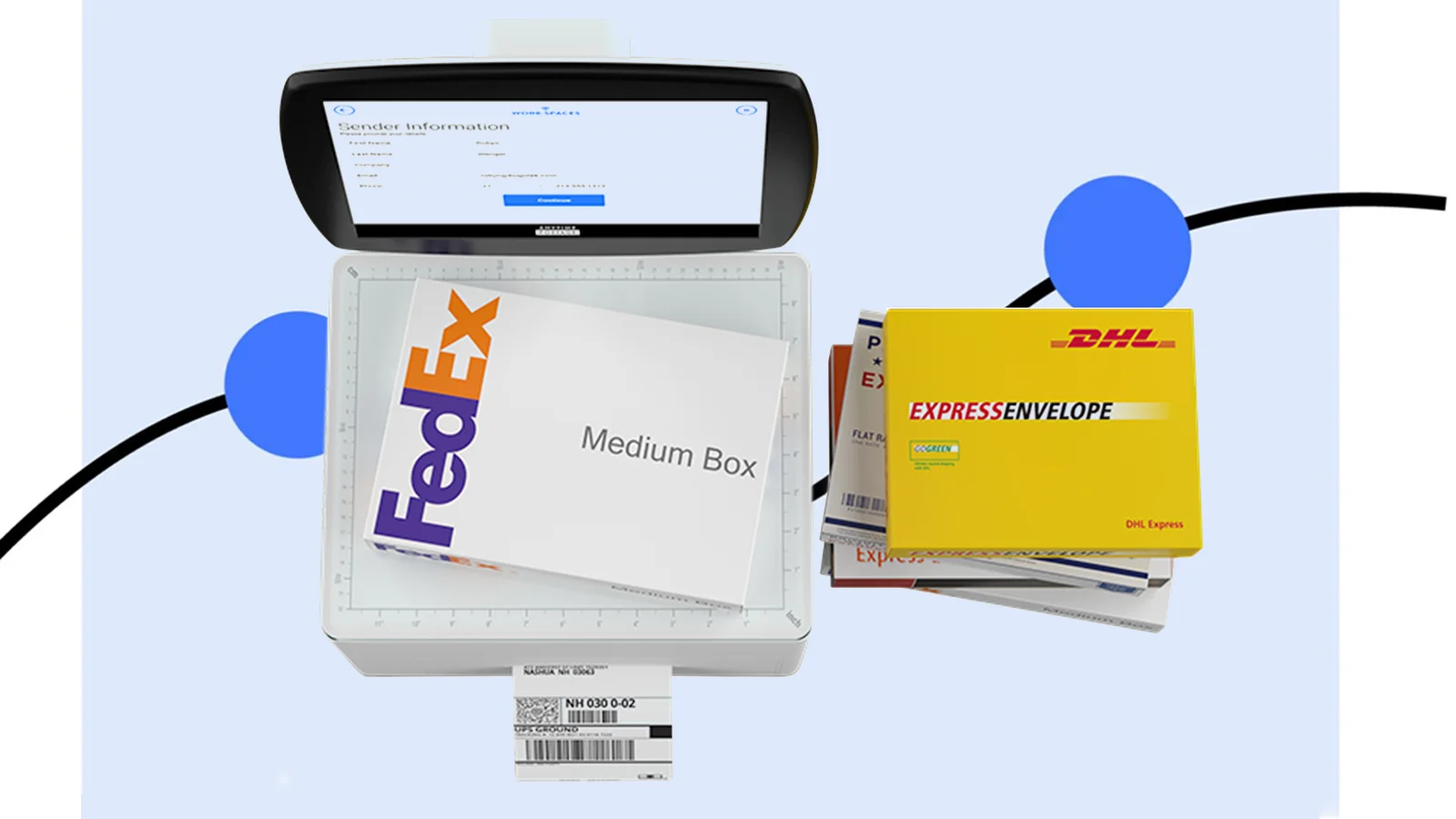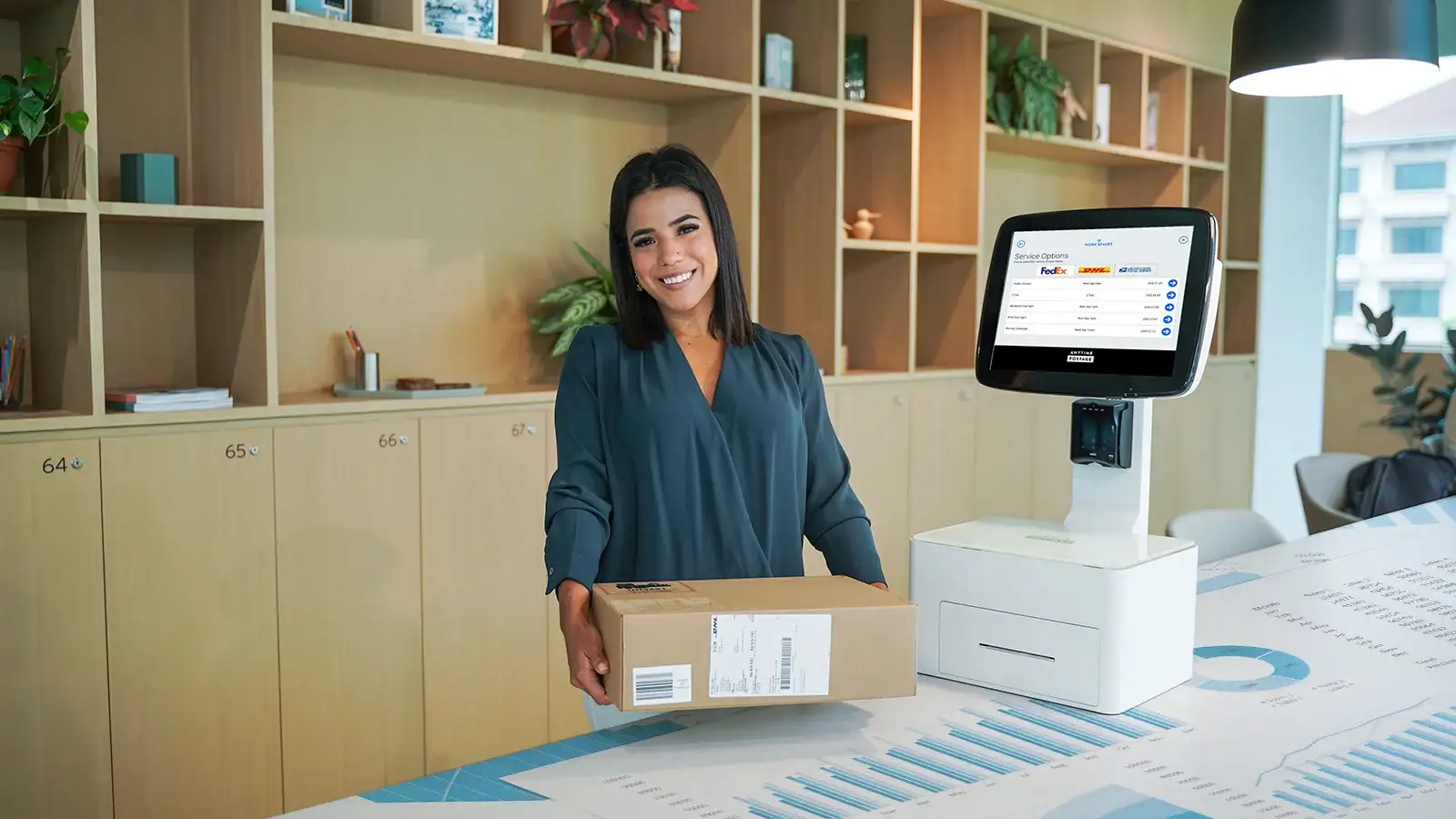August 25, 2025
·
3 min read

If you're running a shipping kiosk without looking at the analytics behind it, you're missing out on valuable opportunities to optimize and grow.
From peak usage times to customer preferences, your kiosk is constantly collecting data that can help you deliver better service, reduce friction, and make smarter decisions.
By understanding and acting on shipping kiosk analytics, operators can make informed decisions that boost performance and align services with real user behavior. In short, analytics turns a functional kiosk into a strategic and profitable business tool.
Why Shipping Kiosk Analytics Matter
Every scan, tap, and shipment tells a story.
Shipping kiosk analytics track key data points such as package volume, carrier selection, service level preferences, peak usage times, failed transactions, and more. These insights help operators answer essential questions:
- Which carriers are used the most and when?
- What services are users asking for but not finding?
- Are there bottlenecks in the user flow that hurt conversion?
- Which locations see the most drop-offs by time of day?
Without data, you’re guessing. With data, you’re optimizing.
Key Analytics to Track and Why They Matter

1. Carrier Usage Patterns
Know which carriers your customers prefer. Are they leaning toward budget-friendly USPS Ground Advantage or paying extra for UPS Next Day Air?
Understanding these patterns helps you fine-tune your carrier mix, negotiate better rates, and promote the most-used services front and center.
2. Transaction Volume & Trends
Monitor how many shipments your kiosk processes daily, weekly, and monthly. Spikes may align with paydays, holidays, or eCommerce cycles, giving you a chance to optimize staffing, supplies, and marketing around peak times.
3. Service Level Preferences
Are your users choosing same-day delivery, 2-day shipping, or standard ground? Segmenting by service level provides insight into what your customers value most: speed, cost, or balance.
4. Failed or Abandoned Transactions
Every abandoned label or failed payment is a missed opportunity. Tracking drop-off points in the user flow allows you to identify and fix friction, whether it’s confusing carrier options or unclear pricing.
5. Device and Location Performance
If you manage multiple kiosks, compare performance by unit. Which kiosks might be underperforming, and why? Is it location, signage, or internet reliability? Drill down to improve consistency and identify which sites are most profitable.
6. Customer Feedback and Support Requests
If your kiosk integrates a feedback mechanism or support chat, analyze patterns in complaints, questions, or feature requests. These insights provide a direct line to customer expectations and often highlight customer challenges before they escalate.
How to Use Shipping Kiosk Analytics to Improve Service
Analytics should drive most of your business decisions. Here’s how to turn insight into impact:
Optimize Carrier Options
Remove underused services and promote preferred ones. Add regional carriers if data shows strong demand in specific areas.
Enhance User Flow
Use heatmaps or funnel data to simplify your interface. If customers regularly leave once they arrive at the pricing screen, for example, it may be time to clarify fees or adjust layout.
Improve Throughput During Peak Hours
If your kiosk sees a rush between 4–7 PM, make sure printers, scanners, and hardware are tested and stocked beforehand. You might also consider dynamic pricing or time-slot incentives.
Expand to High-Volume Locations
Use geolocation data and transaction trends to identify opportunities for kiosk expansion or relocation. Follow the data, not assumptions.
Tailor Marketing and Promotions
If analytics show customers using mostly express services around the holidays, offer targeted discounts on standard shipping during those same windows to balance usage.
Choosing the Right Analytics Platform

Ensure your kiosk software supports real-time analytics, user segmentation, exportable reports, and API integrations with business intelligence tools. Whether you're using a proprietary dashboard or integrating with platforms such as Google Analytics or Power BI, visibility is key.
Bonus points if your analytics platform includes predictive modeling. Forecasting future demand allows you to proactively plan inventory, scale hardware, and introduce timely promotions.
Bottom Line
Better data means better decisions. Shipping kiosk analytics give you the insights needed to improve service, reduce friction, and adapt to what your customers actually need, not just what you assume they want.
Smart kiosks serve parcels. Smarter kiosks serve insights. And it’s the latter that leads to long-term success.


